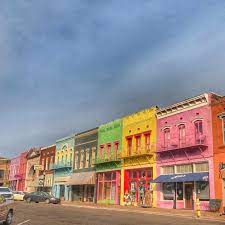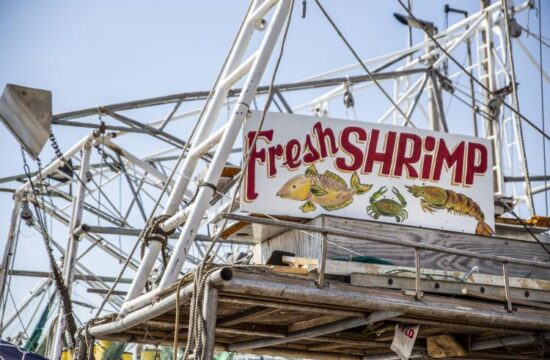ABERDEEN — Bobby Watkins, one of America’s top tree farmers, is just outside Aberdeen city limits at the end of a long curving driveway lined with tall pine trees. The land on which Coontail Farms is located was purchased by Watkins’s grandfather shortly after World War II. It was passed to Watkins’ mother who in turn passed it on to him. Watkins began tree farming in response to the poor state of the land and abandoned traditional agriculture of soybeans, corn, and cotton in the mid-1980s. Watkins stated that it is not one of the most productive farms and has a highly erodible farming system. “The government had something called Conservation Reserve Program (CRP), that allowed you to plant trees on poor farmland to make it highly profitable timberland. This program was paid for by the government.” Watkins’ unique farm style has earned him some attention. Sustainable forest management and community involvement are crucial components of the American Tree Farm System. John Kushla from Mississippi State University Extension, a forestry specialist, said that Watkins excels at both. Kushla stated that Bobby shows the different forestry techniques at his farm, which makes it unique. He has used these outdoor demonstrations as a way to teach sustainable forest management to his neighbors. That’s how Watkins was named Mississippi’s Tree Farmer-of-the Year in 2015, and later the Outstanding Tree Farmer-of the Year for the South. Mississippi is fortunate to have tree farmers like Watkins. Forestry, along with other forms, contributes greatly to its economy. According to the Mississippi State University Extension Service analysis, agriculture and forestry account for more than 18% of state jobs and their total value-added exceeds $6 billion. They are very important. Kushla stated that most of the raw materials we use in our country are owned by tree growers like Mr. Watkins. Kushla said that the Southeast has a higher number of private citizens who contribute to the production and distribution of raw materials. Nearly two-thirds of the Southeast’s raw material comes from private citizens. Kushla believes that the state’s forestry industry can do better. Due to a lack of demand over the past few years, tree farms have large inventories. Kushla stated that the recession has caused a lot of timber to be sold off by private land owners. Kushla said that this is OK in the short term because it’s one of many flexibilities forest land owners enjoy when they own timber. Kushla says that if there isn’t money in the bank they can sell the timber. Kushla also said that in areas like the Mississippi Delta, the lack of infrastructure makes it difficult to build new mills. These mills are essential for farmers to begin selling more of their tree stock. Kushla said that some of it has to do with infrastructure. He knows of a company in Northwest Mississippi that is reconnecting a railroad line from Canton to Memphis. This should be a huge help because tree farming can bring in a lot of money per annum, which will increase over time depending on the market value. Watkins stated that many people believe we generate between $60 and $100 per acre from tree growth. It’s a long-term investment that’s very profitable. In 10 years, you will have approximately $600 to $1,000 worth fiber from the area. It will double in 20 years. It’s real cash there and it’s worth managing.” Watkins didn’t trim or chop down any of his weaker trees in the last five years. Although his farm has been recognized nationally, he’s still had trouble selling the pine timber that makes up 100 acres of his 200-acre farm._x000D










